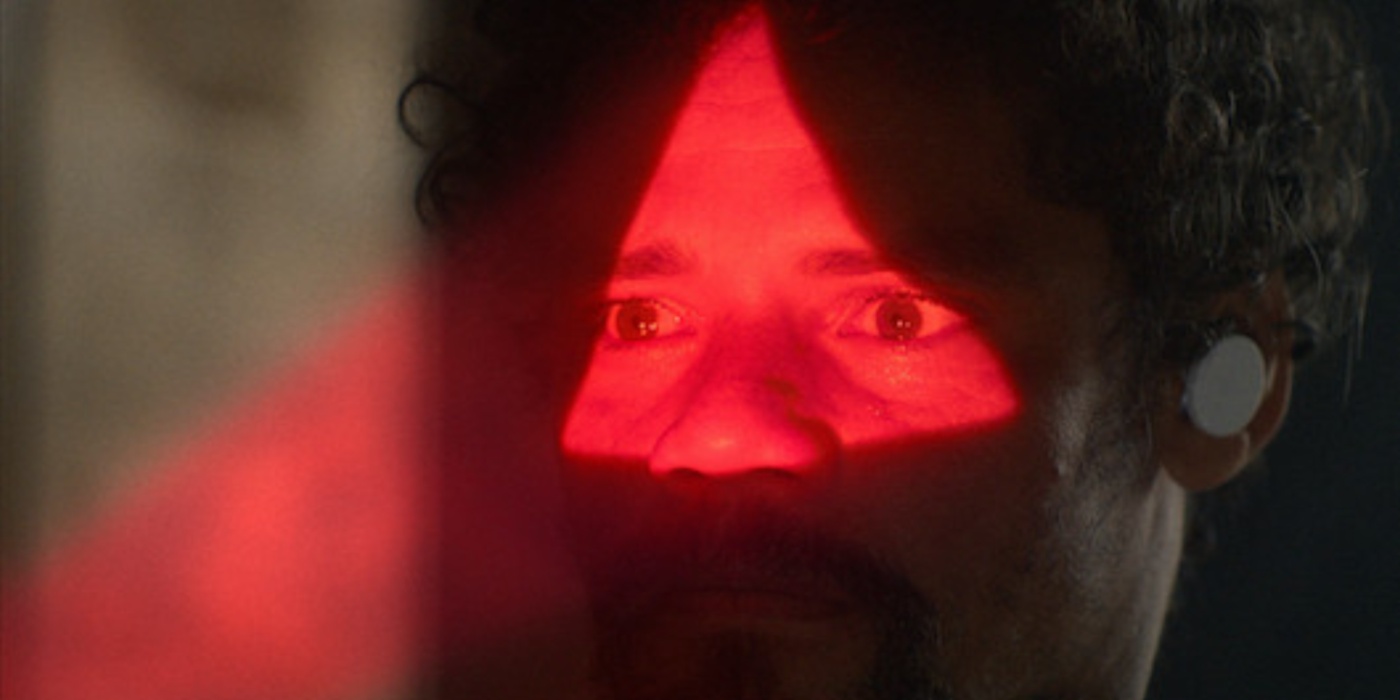“Skin on Skin”, interview with director Simon Schneckenburger
"Skin on Skin", the passionate and unexpected love story by Simon Schneckenburger is taking part to the 8th edition of Future Frames at KVIFF
Listeners:
Top listeners:
 play_arrow
play_arrow
ENGLISH Channel 01 If English is your language, or a language you understand, THIS IS YOUR CHANNEL !
 play_arrow
play_arrow
ITALIAN Channel 02 Se l’italiano è la tua lingua, o una lingua che conosci, QUESTO È IL TUO CANALE!
 play_arrow
play_arrow
EXTRA Channel 03 FRED Film Radio channel used to broadcast press conferences, seminars, workshops, master classes, etc.
 play_arrow
play_arrow
GERMAN Channel 04 Wenn Ihre Sprache Deutsch ist, oder Sie diese Sprache verstehen, dann ist das IHR KANAL !
 play_arrow
play_arrow
POLISH Channel 05
 play_arrow
play_arrow
SPANISH Channel 06 Si tu idioma es el español, o es un idioma que conoces, ¡ESTE ES TU CANAL!
 play_arrow
play_arrow
FRENCH Channel 07 Si votre langue maternelle est le français, ou si vous le comprenez, VOICI VOTRE CHAINE !
 play_arrow
play_arrow
PORTUGUESE Channel 08
 play_arrow
play_arrow
ROMANIAN Channel 09 Dacă vorbiţi sau înţelegeţi limba română, ACESTA ESTE CANALUL DUMNEAVOASTRĂ!
 play_arrow
play_arrow
SLOVENIAN Channel 10
 play_arrow
play_arrow
ENTERTAINMENT Channel 11 FRED Film Radio Channel used to broadcast music and live shows from Film Festivals.
 play_arrow
play_arrow
BULGARIAN Channel 16 Ако българският е вашият роден език, или го разбирате, ТОВА Е ВАШИЯТ КАНАЛ !
 play_arrow
play_arrow
CROATIAN Channel 17 Ako je hrvatski tvoj jezik, ili ga jednostavno razumiješ, OVO JE TVOJ KANAL!
 play_arrow
play_arrow
LATVIAN Channel 18
 play_arrow
play_arrow
DANISH Channel 19
 play_arrow
play_arrow
HUNGARIAN Channel 20
 play_arrow
play_arrow
DUTCH Channel 21
 play_arrow
play_arrow
GREEK Channel 22
 play_arrow
play_arrow
CZECH Channel 23
 play_arrow
play_arrow
LITHUANIAN Channel 24
 play_arrow
play_arrow
SLOVAK Channel 25
 play_arrow
play_arrow
ICELANDIC Channel 26 Ef þú talar, eða skilur íslensku, er ÞETTA RÁSIN ÞÍN !
 play_arrow
play_arrow
INDUSTRY Channel 27 FRED Film Radio channel completely dedicated to industry professionals.
 play_arrow
play_arrow
EDUCATION Channel 28 FRED Film Radio channel completely dedicated to film literacy.
 play_arrow
play_arrow
SARDU Channel 29 Si su sardu est sa limba tua, custu est su canale chi ti deghet!
 play_arrow
play_arrow
“Conversation with” at the 20th Marrakech IFF, interview with actor Willem Dafoe Bénédicte Prot

 play_arrow
play_arrow
"Future Future", an interview with director Davi Pretto Bénédicte Prot
A conversation with Brazilian director Davi Pretto about his fourth feature, “Future Future“, a visually arresting and deeply affecting dystopian film, selected in the Proxima Competition section of the 59th Karlovy Vary International Film Festival, where the past is forgotten, and the future eerily similar to the present – as a title card reveals in the beginning of the film, it was shot in Porto Alegre during the cataclysmic floods of 2024.
In the film, set in a near future, markedly divided into two distinct acts set in two opposite, adjacent spaces filmed and crafted in completely different ways – between which the mind of the protagonist, K., alternates throughout the movie –, that of the poor and that of the rich, various tragedies have already happened: a virus making it impossible to form mental images and therefore to retain memories, even that of one’s own name, virus which made necessary the use of AI machines to do ‘all the work’ in lieu of the humans, but also a ‘Split’ which has isolated the hungry and poor majority experiencing the critical state of the world every day from the wealthy part of the population dwelling in the supernatural redness of cold, modern flats floating accross the tops of cities contemplating the coming apocalypse, to paraphrase the poet.
‘We wanted to navigate through different crises that I believe we are living, these political, urbanistic, technological crises that, in some way, for me, are related. I think it’s impossible to talk about the technological crisis without talking about climate change… What I wanted to do is to put together some sort of a meditation about all these things, make the audience dive into some sort of bubble, put the audience into some sort of bubble and make them experience these things, and not only talk… well, not talk, because I don’t think the film is trying to give answers about these issues: we’re just trying to ruminate about these things.’
‘AI is something we address in the film, but I decided to use AI images, I wanted to, because I think it was important not only to put the audience in front of these images, but also to give them time to really look at them, proper time – because when you watch these images online, they are quite fast. I really wanted to make something that would give the audience a space [to consider] a horror, a nightmare.’
‘The title is a bit like a joke: it promises a really futuristic film, but at the end of the day, the first image that we see is the most common place in Brazil, a school, and then there is a street, and there is no element that indicates a near-future film. I think that was the goal: to really play with the audience’s expectations.‘
In a near future where advances in artificial intelligence coexist with the rise of a new neurological syndrome, K embarks on a tragic and absurd journey to find where he truly belongs, after using an addictive AI device in a course for people with the strange disease.
Written by: Bénédicte Prot
Guest
Davi PrettoFilm
Future FutureFestival
Karlovy Vary Film Festival"Skin on Skin", the passionate and unexpected love story by Simon Schneckenburger is taking part to the 8th edition of Future Frames at KVIFF
In Son of Happiness, Dominik Mirecki tells the moving story of Beniamin, a boy with Down syndrome who dreams of acting. Through heartfelt realism and emotional depth, Mirecki explores family bonds, love, and the courage to dream—even when the world …
“January” by Jetske Lieber, selected for Future Frames at the Karlovy Vary International Film Festival, is a gentle, emotionally rich short film about heartbreak, identity, and quiet reconnections.
todayJuly 2, 2025 1
Terézia Halamová discusses Dog and Wolf at Karlovy Vary, a bold short film exploring identity, loss, and emotional chaos.
todayDecember 1, 2025 1
Talking with the directors of Italian film commissions like Veneto, Valle d'Aosta, and Torino Piemonte we shed some light on their work and how they are boosting regional film industries through international collaborations, funding, and storytelling.
"Untitled Home Invasion Romance" marks actor Jason Biggs' first time as a director
The Birthday Party, from Locarno to Torino Film Festival, a film about power, legacy and tyrannic love starring Willem Dafoe
The Teacher by Farah Nabulsi with Saleh Bakri, finally landing in Italy, from Torino Film Festival to cinemas.





© 2023 Emerald Clear Ltd - all rights reserved.